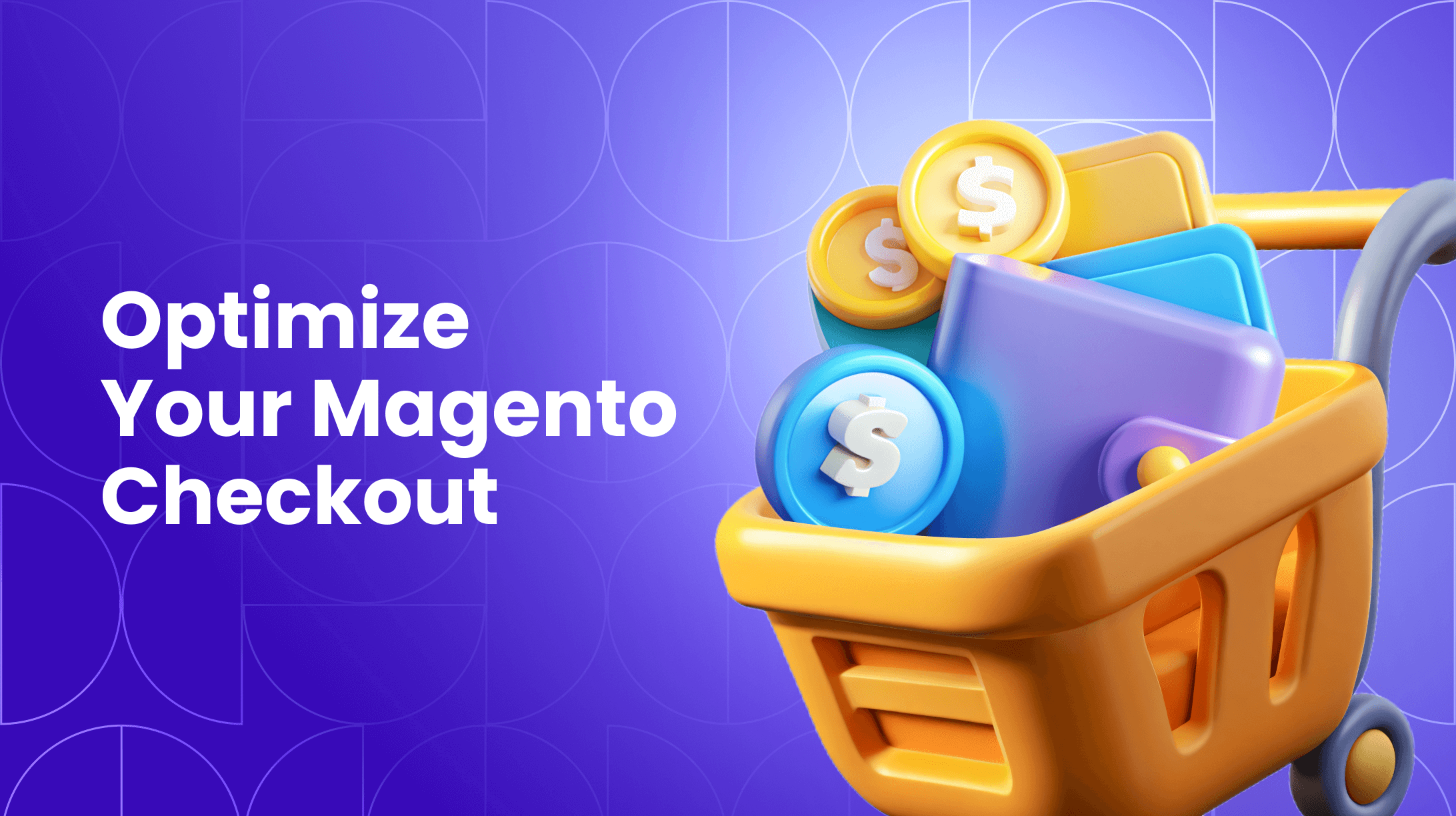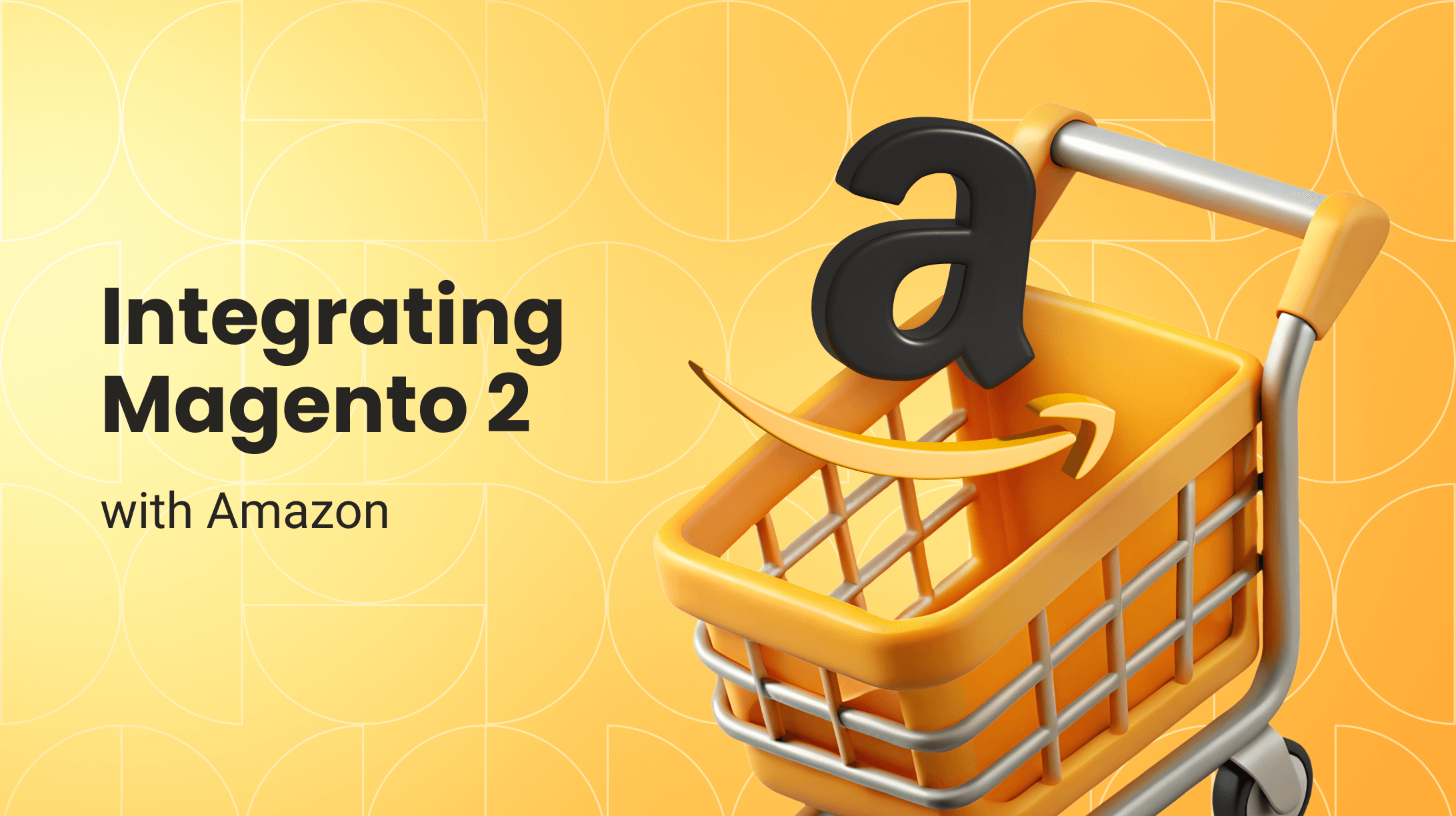0%
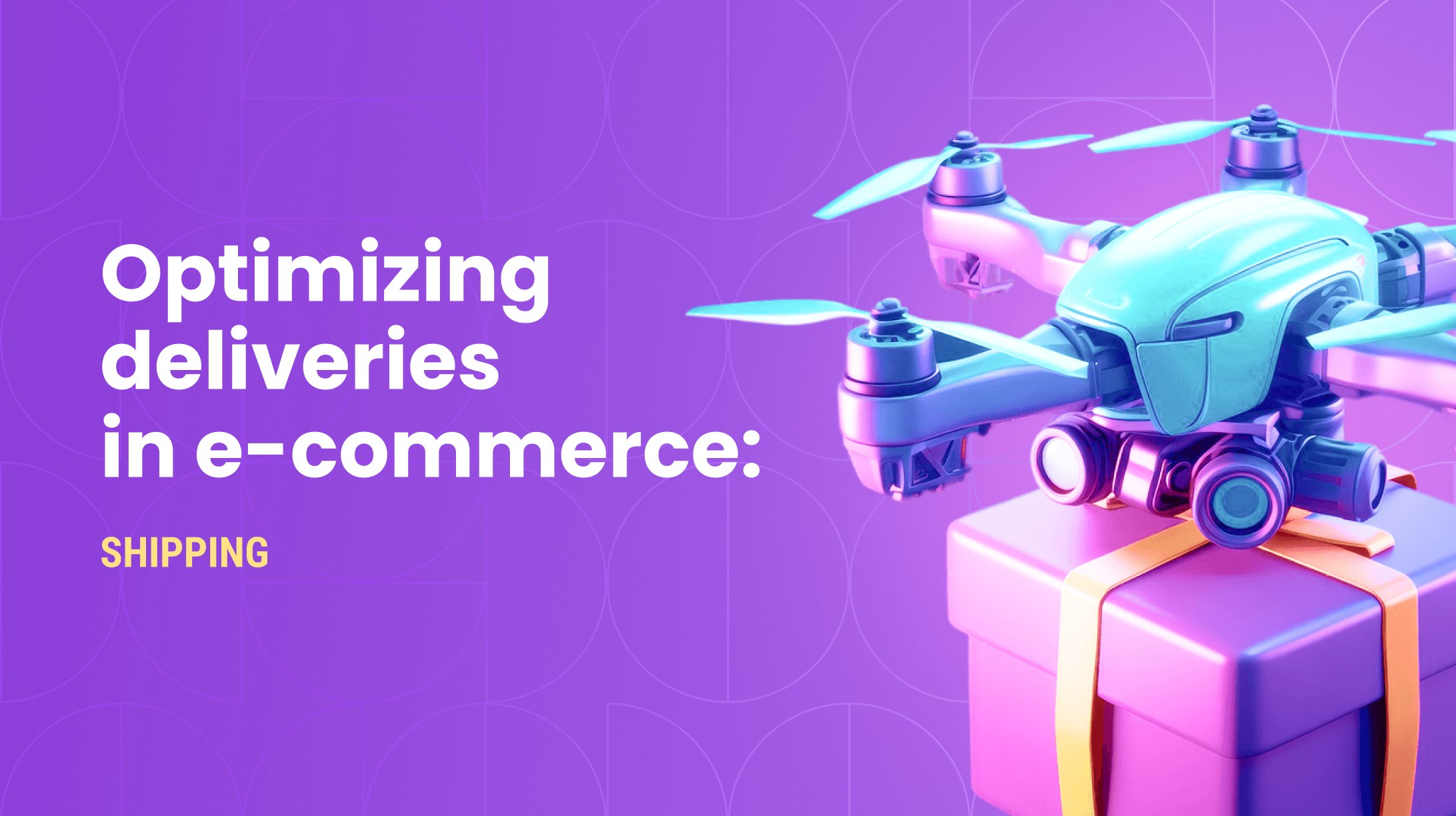
Efficient delivery systems are the backbone that support the entire e-commerce operation, ensuring products reach customers promptly and in pristine condition. With an array of shipping methods and carriers, e-commerce businesses must navigate a sea of options to find the perfect match for their needs.
In this article, we dive deep into optimizing your deliveries through various available e-commerce shipping companies and methods that help you ensure the smooth sailing of your items – from checkout to unboxing.
Understanding E-commerce Shipping Methods
Finding the best shipping method for a small business isn’t just about moving an item from point A to B. It’s an intricate process that involves various factors like speed, cost, reliability, and customer satisfaction. Each e-commerce shipping option has its own pros and cons, tailored to different business models and customer expectations.
Here are some common e-commerce shipping methods:
- Standard Shipping – The most basic and cost-effective shipping option. Standard shipping may be free or have a lower cost, encouraging customers to choose this option. However, delivery times are usually longer compared to expedited methods
- Expedited Shipping – Faster than standard shipping, expedited shipping typically guarantees quicker delivery times. Customers pay a higher fee for this service, so this method is popular among those who need their orders urgently.
- Express Shipping – Provides a balance between standard and expedited shipping. It’s faster than standard, but not as costly as expedited options.
- Same-Day/Next-Day Delivery – Offers extremely quick delivery, often within the same day or the next business day. Requires a well-established logistics network and local fulfillment centers.
- Free Shipping – This is an e-commerce marketing strategy where the cost of shipping is absorbed by the retailer. Can be conditional (e.g., free shipping for orders over a certain amount) or unconditional.
- Flat Rate Shipping – Charges a fixed shipping fee, regardless of the order size or weight. Provides transparency to customers and can simplify pricing.
- International Shipping – This method involves shipping products to customers in other countries. It requires adherence to international shipping regulations, customs duties, and has varied delivery times.
- Subscription Box Shipping – Common for businesses that offer subscription-based services or products. Regularly ships products to subscribers on a scheduled basis.
- Click and Collect/In-Store Pickup – This method allows customers to order online and pick up their purchases at a physical store location. Reduces shipping costs for customers and provides convenience.
- Freight Shipping – Suitable for large and heavy items that don't qualify for standard parcel shipping. Often used for bulk shipments and industrial goods.
What are the Shipping Carrier Options?
Navigating the diverse market of shipping partners can be daunting. Here’s a detailed look at what each major carrier offers, ensuring you find the perfect fit for your e-commerce needs.
UPS Shipping Methods
UPS is synonymous with reliability and versatility, offering a variety of services designed to meet every possible shipping requirement:
- UPS Ground—The go-to option for affordable, domestic shipments within the United States. It provides dependable service at a competitive price.
- UPS Next Day Air—UPS’s fast shipping method ensures early morning delivery for urgent shipments across the U.S.
- UPS 2nd Day Air—Guarantees second-day delivery to most U.S. locations.
- UPS 3-Day Select—An economical choice for deliveries not governed by tight deadlines, arriving within three days.
- UPS Worldwide—Delivers packages internationally in 1–5 days, depending on the speed selected.
UPS’s options cater to domestic and international markets with a spectrum of speed-focused options.
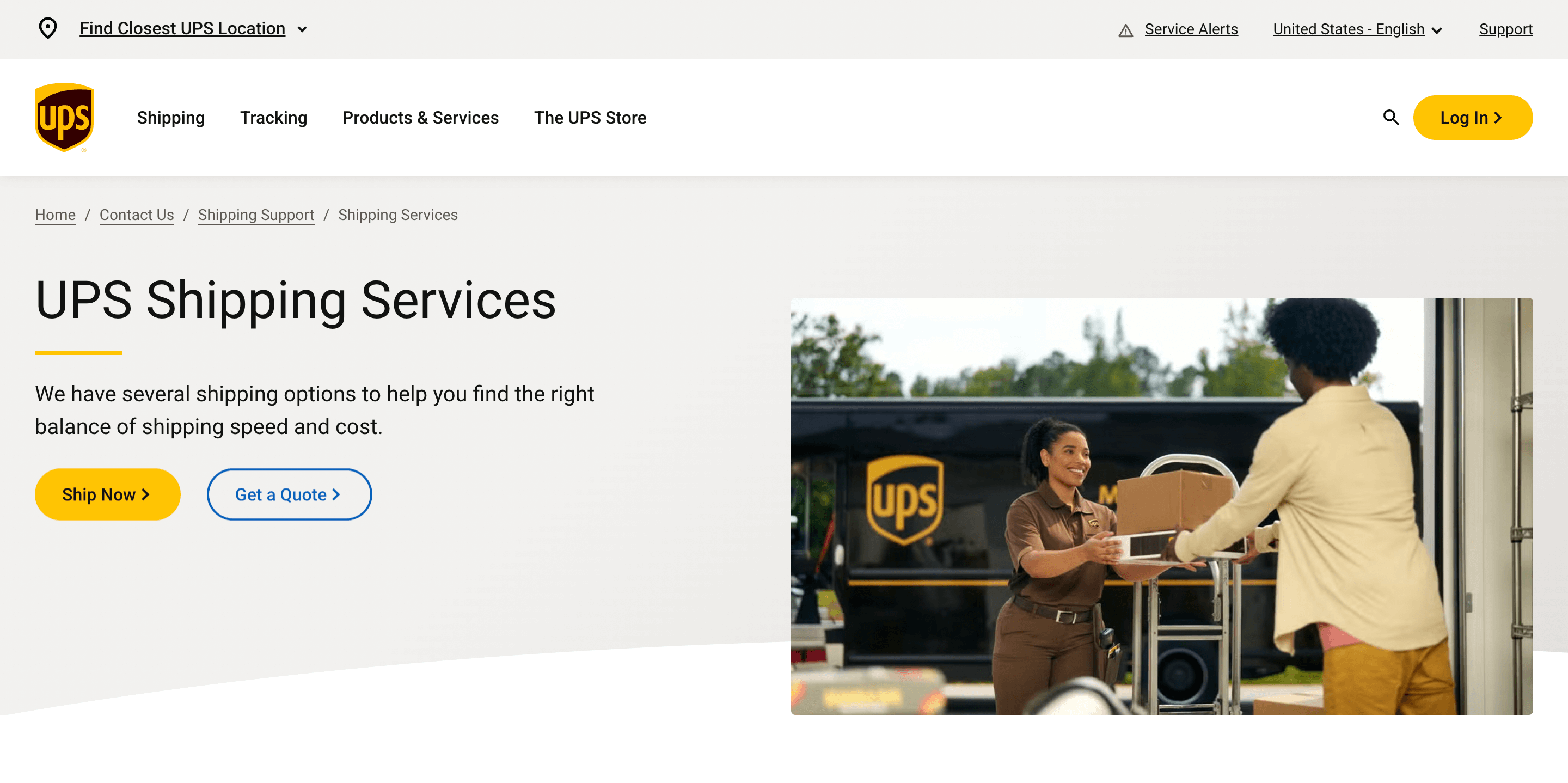
FedEx Shipping Methods
FedEx is celebrated for its extensive service range and impeccable reliability, making it a formidable player in the shipping industry:
- FedEx Ground—Ideal for budget-friendly shipments, offering reliable service at an attractive price point.
- FedEx Standard Overnight—Provides standard or priority next-business-day delivery within the U.S.
- FedEx 2 Day—Ensures second-business-day arrival to most U.S. addresses.
- FedEx International—Offers economy for cost-effective international or priority for rapid international deliveries.
With FedEx’s comprehensive suite of services, businesses can access domestic and international shipping solutions designed to meet various urgency levels and budget constraints.
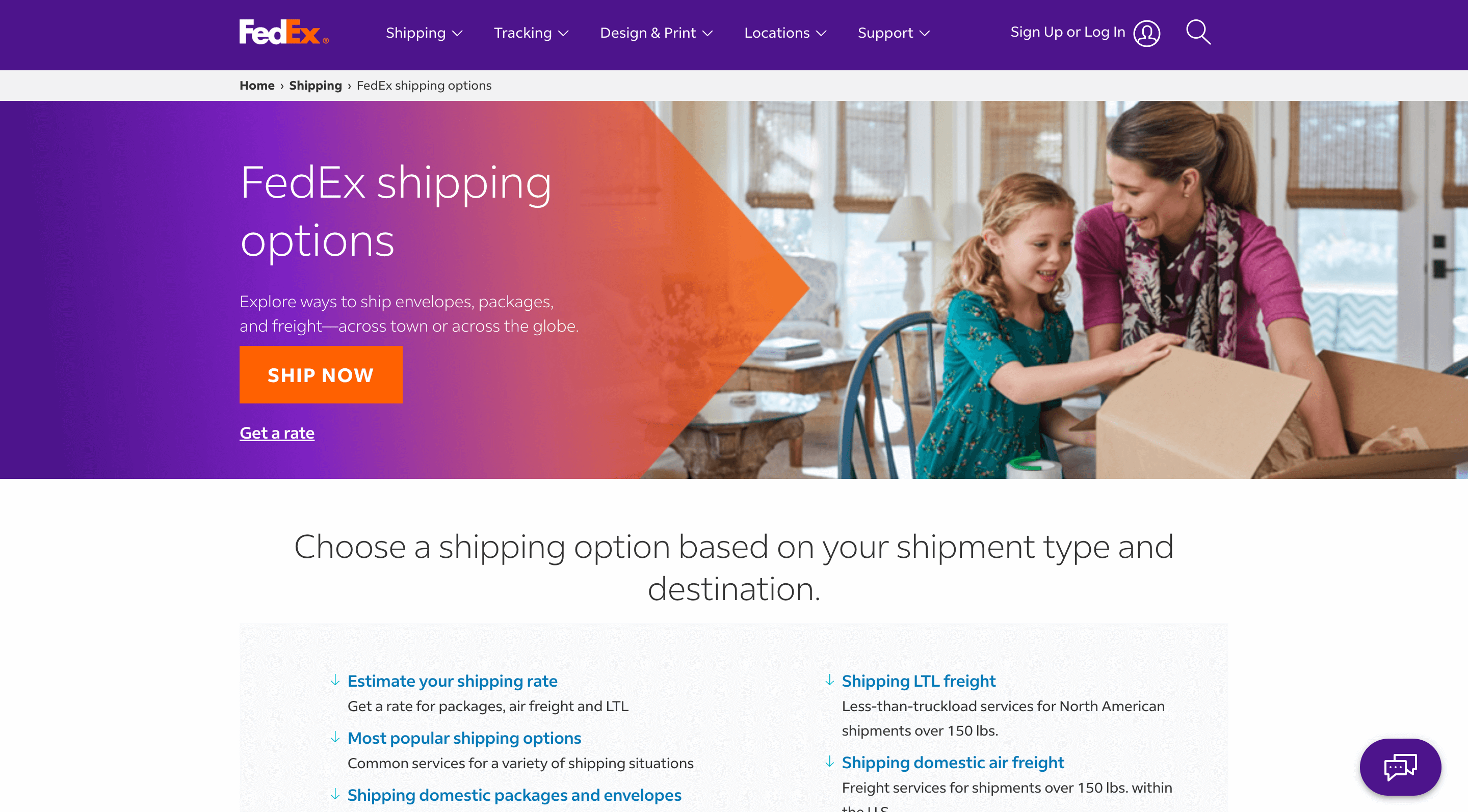
USPS Shipping Methods
USPS stands out for its accessibility and affordability, especially suitable for small businesses and lightweight packages:
- USPS First Class—Perfect for small packages weighing up to 13 ounces (0.49 kg); this service offers an economical way to ship items domestically within 1–5 days.
- USPS Priority Mail®—A step up from First Class, providing expedited domestic delivery typically within 1–3 business days.
- USPS Priority Mail Express®—The fastest shipping method from USPS guarantees overnight delivery to most U.S. addresses.
- USPS Priority Mail International®—Extends USPS’s reputable service beyond U.S. borders with reliable international delivery at reasonable rates.
The USPS is particularly advantageous for e-commerce businesses focusing on domestic markets or those looking for economical options for smaller shipments.
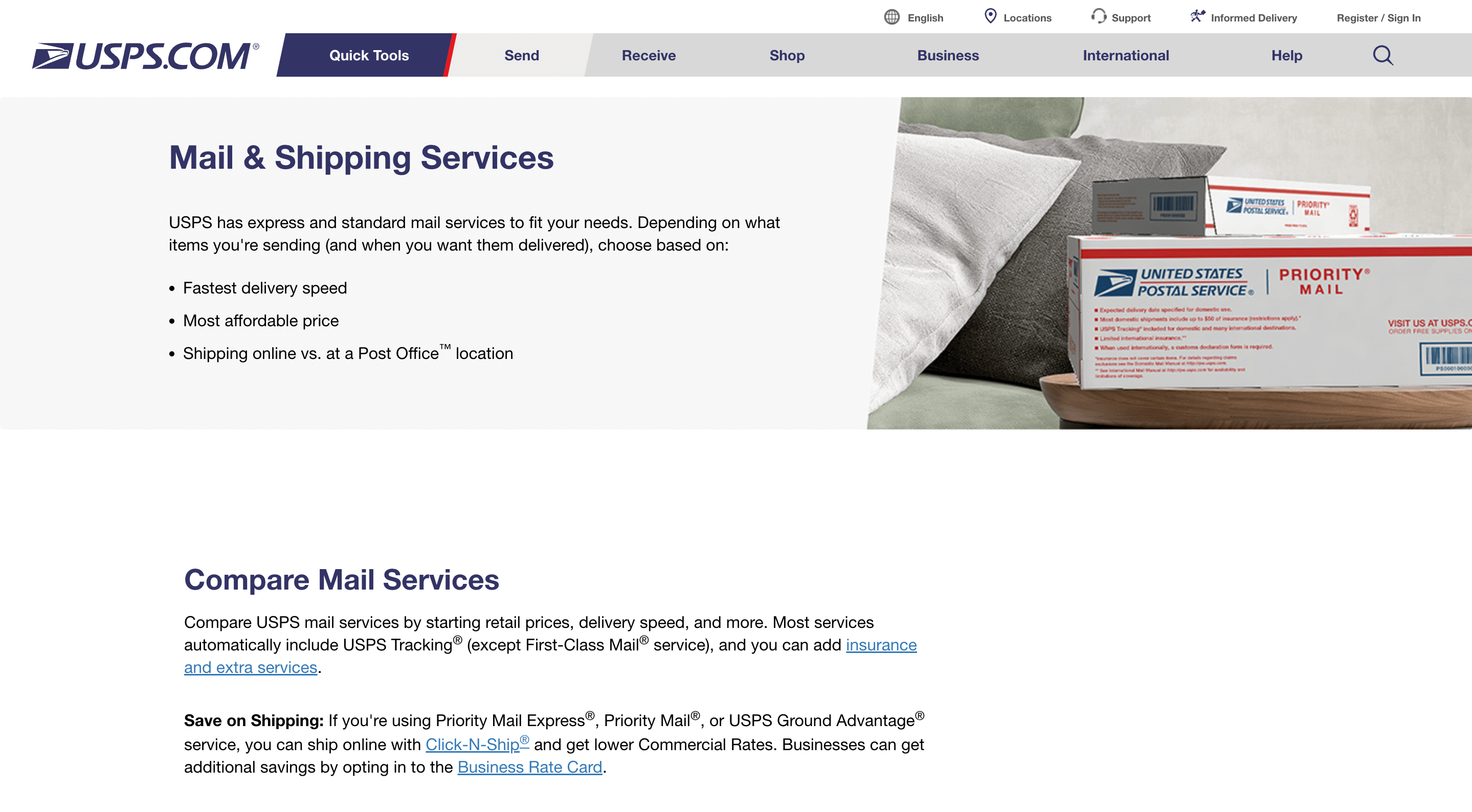
DHL Shipping Methods
DHL excels in international logistics with a robust network that ensures your packages reach their global destinations efficiently:
- DHL SmartMail Parcel and Parcel Plus—Ship packages across the U.S. in 2–8 days, depending on the speed chosen.
- DHL International—DHL offers several options depending on the destination country, desired shipping speed, and package weight.
Each carrier brings something unique to the table. Whether you prioritize speed, cost-efficiency, or international reach, there’s a shipping method tailored just for your e-commerce business needs.
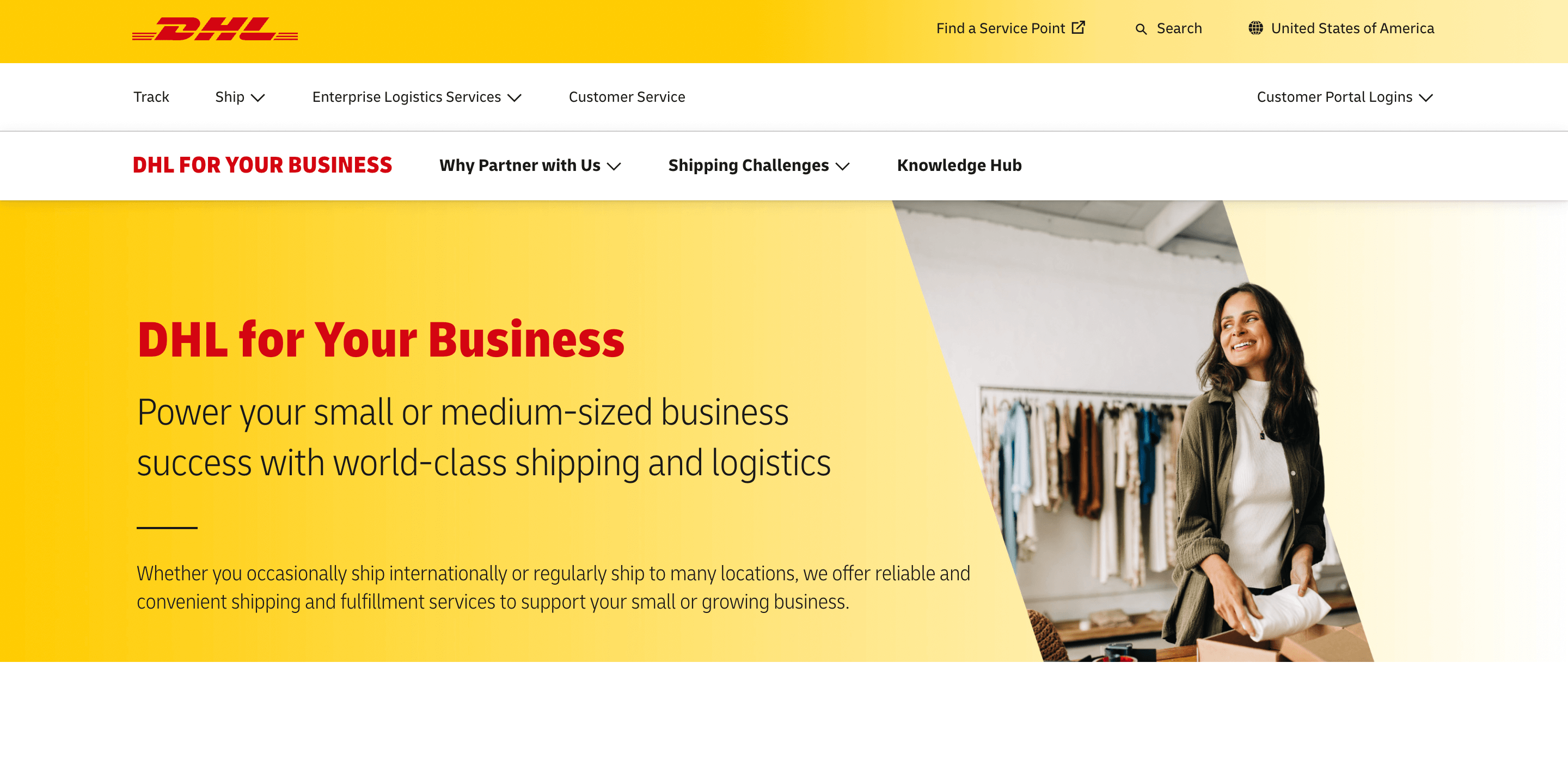
Factors That Affect Shipping Method Choice
When selecting an e-commerce shipping solution, one size certainly does not fit all. A blend of business needs and customer expectations must guide your decision. Here are some pivotal factors to consider:
- Package Dimensions and Weight: The size and weight of your packages are primary determinants of shipping costs. Heavier and larger items typically incur higher fees, making it crucial to optimize packaging for economy without compromising product safety.
- Delivery Speed Requirements: How fast do customers expect their orders? If you’re operating in a market where same-day or next-day delivery is the norm, you must factor this into your choice. Expedited services cost more but can significantly enhance customer satisfaction.
- Destination (Shipping Zones): The distance between your warehouse or fulfillment center and the customer’s location (often called shipping zones) affects both cost and delivery time. Shipping domestically is generally more affordable than international shipping, which involves additional customs duties and taxes.
- International shipping regulations: Expanding your market internationally opens up a world of opportunity and introduces complexity to your shipping strategy. International shipping methods vary widely in cost, delivery times, and customs handling. Understanding the logistics and regulations of your target markets is essential to ensure smooth cross-border transactions.
- Value of Goods Shipped: High-value items may require additional insurance or premium shipping services to ensure secure delivery, influencing your choice of carrier and service level.
- Customer Preferences: Understanding your audience’s preferences can guide your shipping method selection. Some customers prioritize fast delivery over cost, while others prefer the most economical option available, even if it means waiting longer.
By considering these factors, you can tailor your shipping strategy to meet business objectives and customer expectations, balancing cost-efficiency and service quality.
Calculating E-commerce Shipping Costs Effectively
The cheapest shipping method might not always align with your brand’s promise of quick or secure delivery. For small businesses especially, every penny counts, but so does making a lasting impression on your customers. Smart decisions here can lead to significant savings without cutting corners on customer satisfaction. The best e-commerce shipping solution for small businesses, for instance, often involves flexible pricing plans, reliable tracking systems, and excellent customer service from carriers.
There are several ways to reduce your overall shipping budget:
- Negotiate Rates with Carriers: High-volume shippers have the leverage to negotiate better rates with carriers. Even if you still need to ship large volumes, discussing discounts or looking into group buying options that aggregate shipments for better rates is worth discussing.
- Offer Multiple Shipping Options: Providing customers with a range of shipping options—from economy to expedited—can improve satisfaction while allowing them to choose a more cost-effective method if they’re not in a hurry.
- Use Hybrid Services: Consider using hybrid services like FedEx SmartPost or UPS SurePost that combine courier services with local postal services for final-mile delivery. These options can offer substantial savings for domestic shipments without significantly impacting delivery times.
- Automate Rate Comparison: Tools like ShipStation or EasyShip automate the process of comparing rates across different carriers based on the specifics of each order. This can help you consistently choose the most cost-effective option without manual calculations.
Optimizing e-commerce shipping costs is vital for maintaining healthy margins while meeting customer expectations for affordability and speed. Most major carriers offer online calculators that estimate shipping costs based on package dimensions, weight, destination, and desired delivery speed.
By adopting a strategic approach to calculating shipping costs – taking advantage of technology, understanding pricing structures, negotiating rates, and offering choices – you can optimize expenses while delivering an exceptional customer experience.
Wrapping It Up: Navigate Your Way Through E-commerce Shipping
Mastering e-commerce shipping isn’t just about choosing a carrier, but also aligning your delivery strategy with your business goals and customer expectations. Understanding different shipping methods’ nuances and leveraging technology to find the best rates can turn logistics from a headache into a competitive advantage. Remember that the journey of your items matters as much as the destination.
FAQ
How does e-commerce shipping work?
E-commerce shipping involves moving products from an online store to customers, including order processing, packaging, carrier selection, and tracking. Using e-commerce shipping best practices ensures timely and efficient deliveries.
What is e-commerce shipping?
E-commerce shipping covers logistics for delivering online purchases, including choosing shipping methods, packaging, and carriers. It's key to customer satisfaction and using global e-commerce shipping strategies can enhance reach.
How do I set up shipping for my e-commerce store?
Set up shipping by selecting options (standard/expedited), choosing carriers, and integrating shipping software. Implementing e-commerce shipping best practices is important for smooth operations.
How can I automate shipping for my e-commerce store?
Automate by using shipping software that integrates with your platform to handle orders, labels, and tracking. This simplifies global e-commerce shipping and improves efficiency.
What is the best shipping method for e-commerce?
The best method depends on product size, customer location, and speed. Evaluate costs, speed, and reliability to choose, especially for e-commerce international shipping.
Expert in creating engaging written content. Skilled at analyzing audience behaviors and refining strategies to align business goals with customer interests. Proven ability to craft content that connects deeply with audiences. Passionate about staying current with trends to boost engagement.
Expert in creating engaging written content. Skilled at analyzing audience behaviors and refining strategies to align business goals with customer interests. Proven ability to craft content that connects deeply with audiences. Passionate about staying current with trends to boost engagement.


